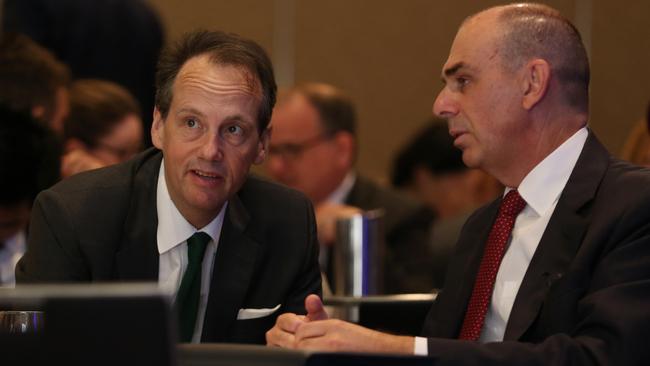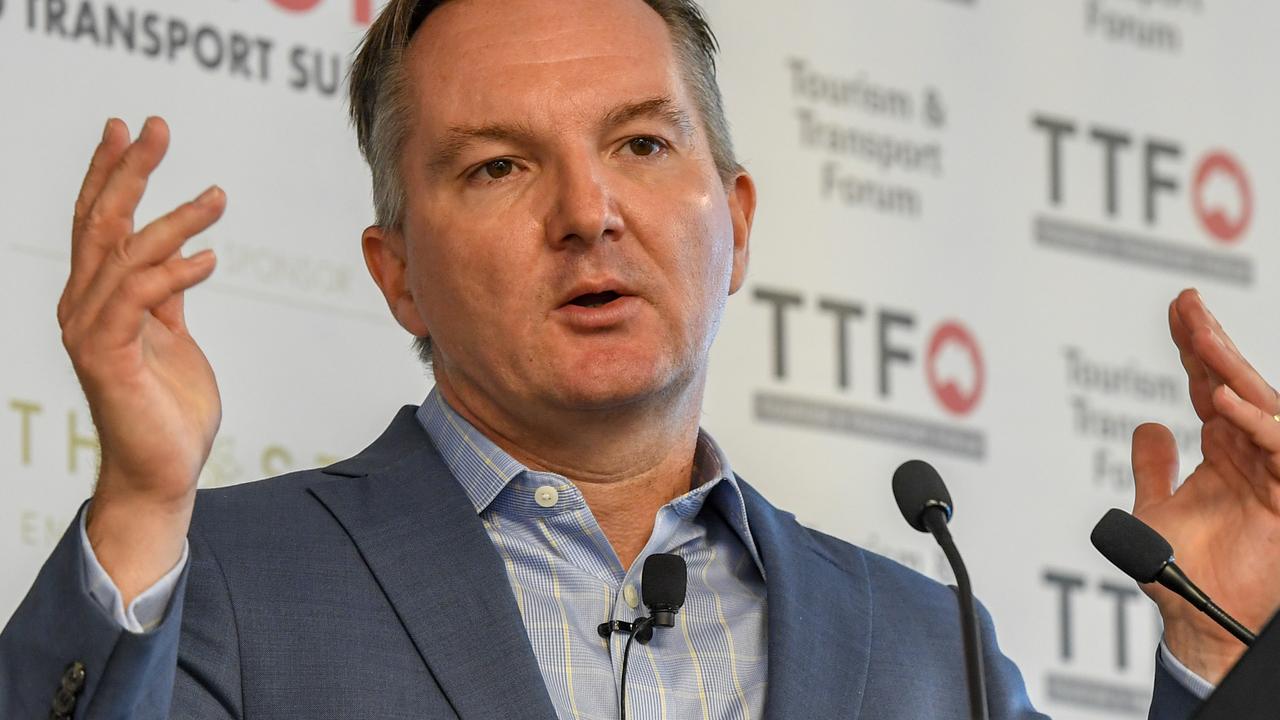Lending rules, not interest rates, are driving credit crunch
With an RBA rate cut looking futile, regulators need to give the banks a little breathing room or we’ll all pay the price.

The latest UBS forecasts that the property slump and the linked economic slide have much further to go are chilling. And for me there is an additional element of foreboding because during a recent social function I spent time with a middle ranking banking executive who described what APRA are doing inside the big banks. I don’t think the regulators understand the forces they are unleashing.
UBS warn that official interest rates may have to fall below 1 per cent because the continued decline in property prices will cause rapid economic deterioration. But interest rates are not the problem. It’s the regulator-driven credit squeeze that is causing the decline. That makes interest rate reductions a very clumsy and dangerous method of reversing a banking regulator created economic trend.
It’s easy to say UBS is going to be wrong, because at the moment the property market is stabilising and in the pipeline are massive tax cuts to be proposed in the April budget.
But UBS data was so far ahead of the Reserve Bank and the regulators last year that we must take it very seriously in 2019. What makes the current scenario so scary is that we can see that consumers are now starting to respond to falling house prices by cutting back expenditure in non-food areas.
And well over one million retirees who are not rich, and so actually spend rather than save their money, know they are set to be brutally savaged by the ALP’s retirement tax. Given that the opinion polls say that ALP is set win the election, that will nullify some of the impact of the government tax cuts.
As readers will remember last year, I took the UBS warnings very seriously.
UBS research then showed that the banks’ lending policies were flawed, and they were taking huge risks. In other words, the bank-funded property boom was based on false statements by customers as to income and expenses. That’s why UBS has my ear in their second round of warnings.
UBS helped force sleepy regulators into developing new lending criteria for the banks, which slashed the amount they would lend by between 20 and 30 per cent. And those policies were reinforced by the royal commission. The value of property followed with some areas falling the full 20 to 30 per cent. Other areas, usually with cheaper properties, have fallen by lesser amounts.
But the new disturbing wildcard is what is happening inside the banks. For as long as I can remember banks were like normal companies, with hoards and senior executives setting management policies. That’s no longer so.
My banker friend is an upper-middle executive at a big four bank who is not in the front line of residential loans to consumers but handles mortgages. Like his colleagues, APRA asks him about the criteria he adopts to make his decisions.
Most of the executives say all the right things to please the regulator. But then APRA randomly selects a file and asks whether the executive followed his or her own rules. As we all know, while rules are important, proper banking is about knowing when to be flexible. Now the banking executives fear that they will be hauled over the coals when they deviate from the criteria they set, however sensibly they may have done so.
And you can’t appeal to the bank management hierarchy. They have their own set of scary scenarios to deal with, including class actions and, in some banks, criminal charges. The regulators started off trying to improve bank balance sheets. But by quickly reversing a set of lending practices that created a boom, they are creating forces that will lead to a slump and make other bodies like the Reserve Bank and the politicians try and nullify the actions of the banking regulators. It will weaken the nation.
The next government, whether it be the ALP or the Coalition, will need to take the regulators aside and at least try to pressure them to partly back off at least for a limited time. Maybe they will wake up without prompting.
Meanwhile the management problems inside the bank will make it very difficult for bank boards to recruit top talent. This came home to me this week when BHP made two top board appointments -including the long overdue requirement to have a miner with recent experience on the board. In decades gone by, many BHP directors also joined bank boards. BHP now has only one director who is an Australian banker: Westpac chairman Lindsay Maxsted.
But Lindsay has been on the BHP board for more than a decade, reflecting a time when banks could choose from the best talent to fill their boards.
Longer term the forces that have been unleashed will lessen the quality of bank management and boards. This is not the way to operate a key national industry.




To join the conversation, please log in. Don't have an account? Register
Join the conversation, you are commenting as Logout